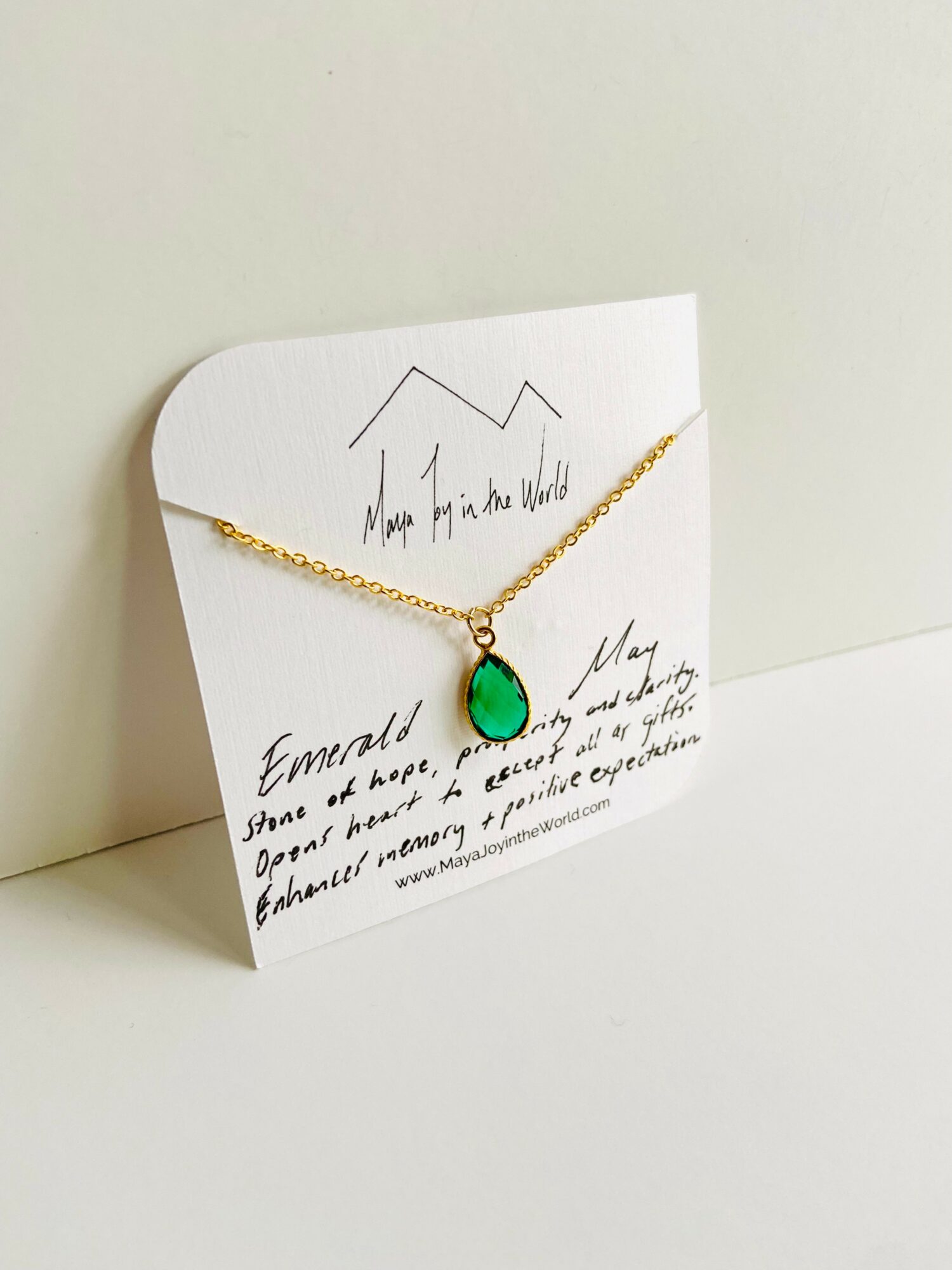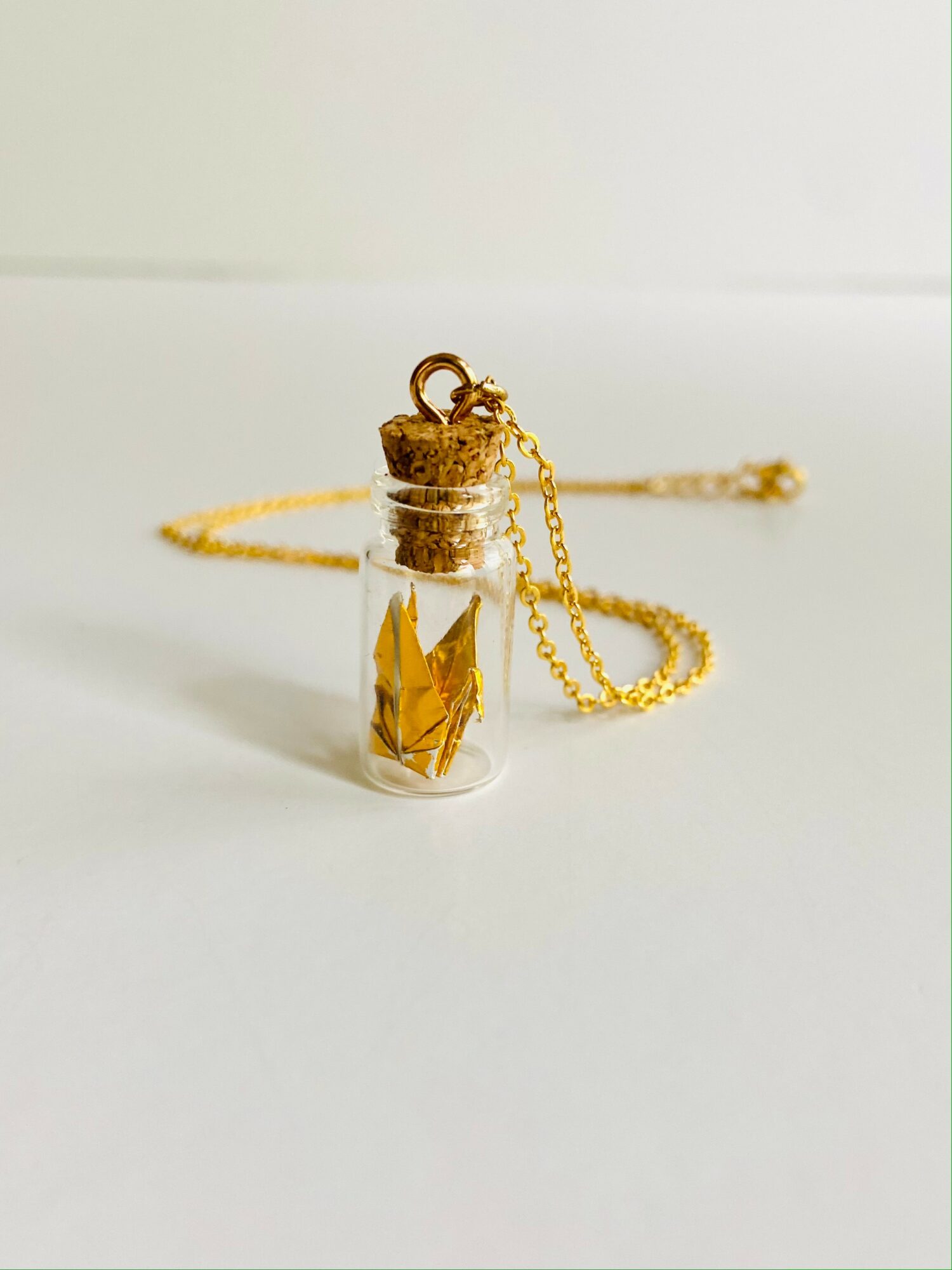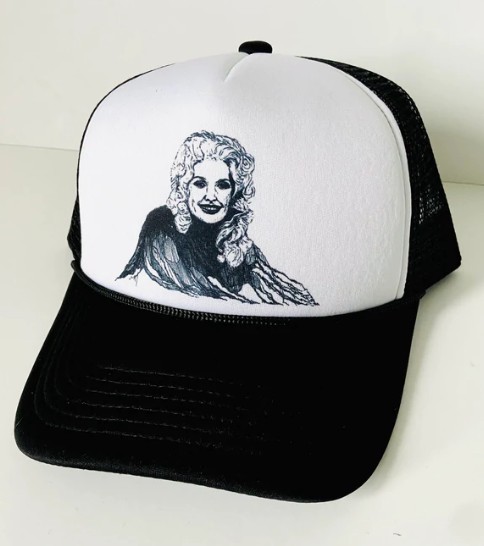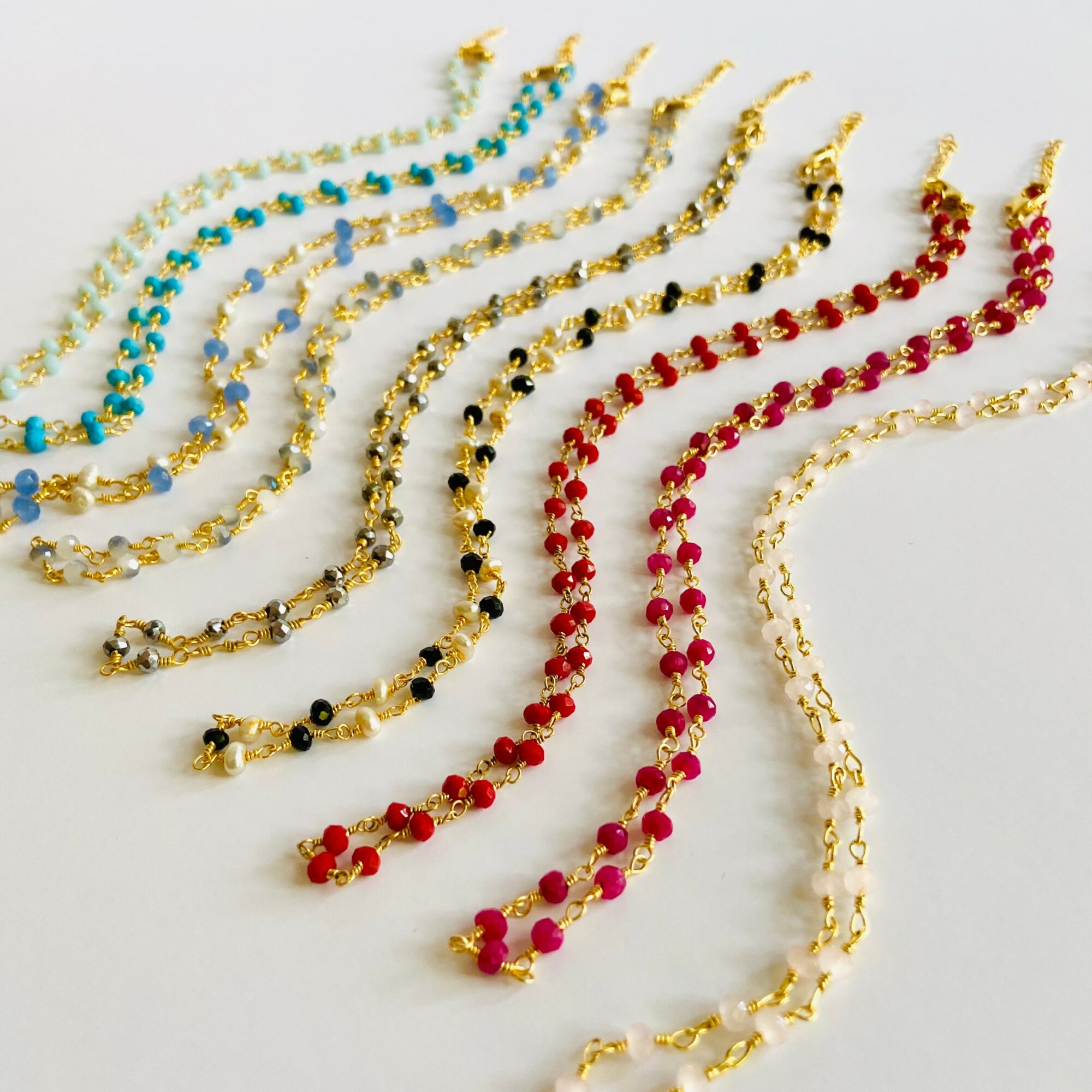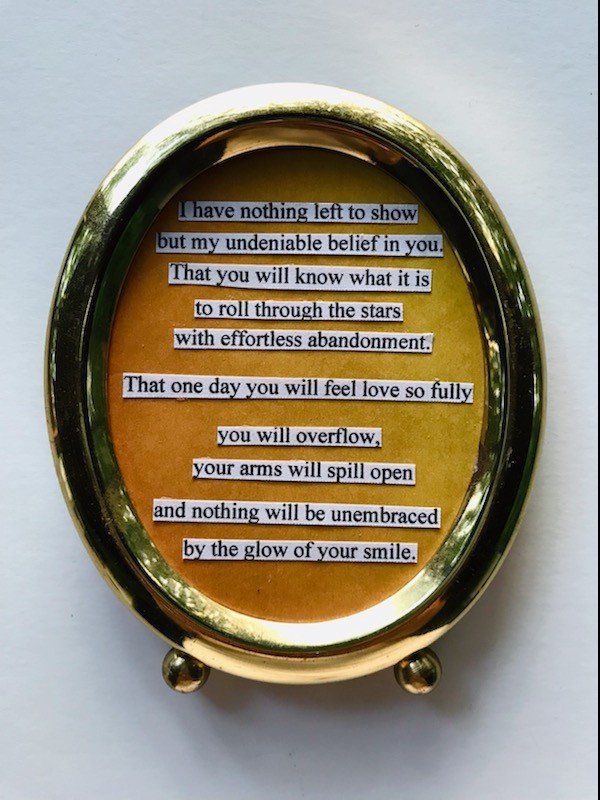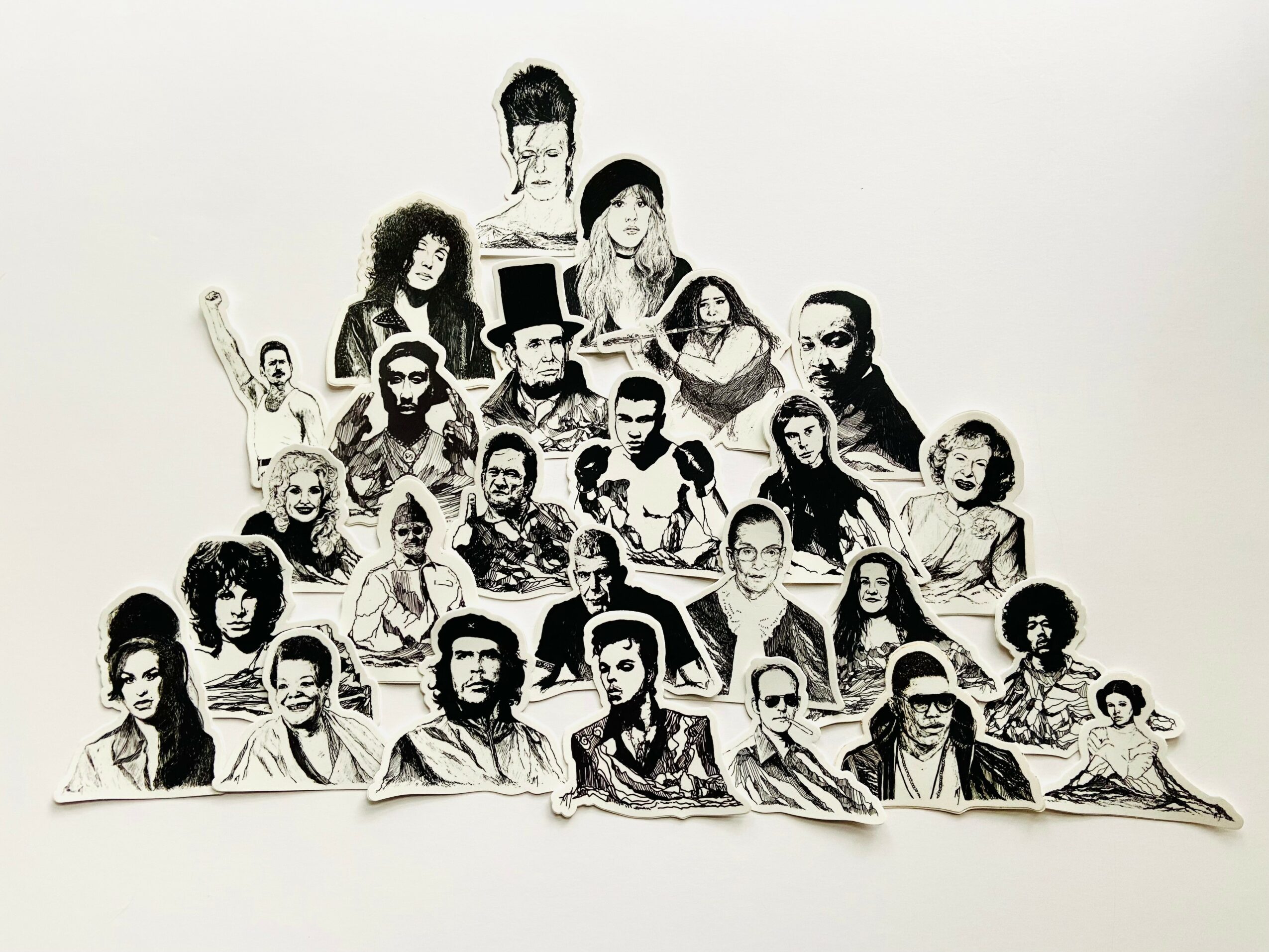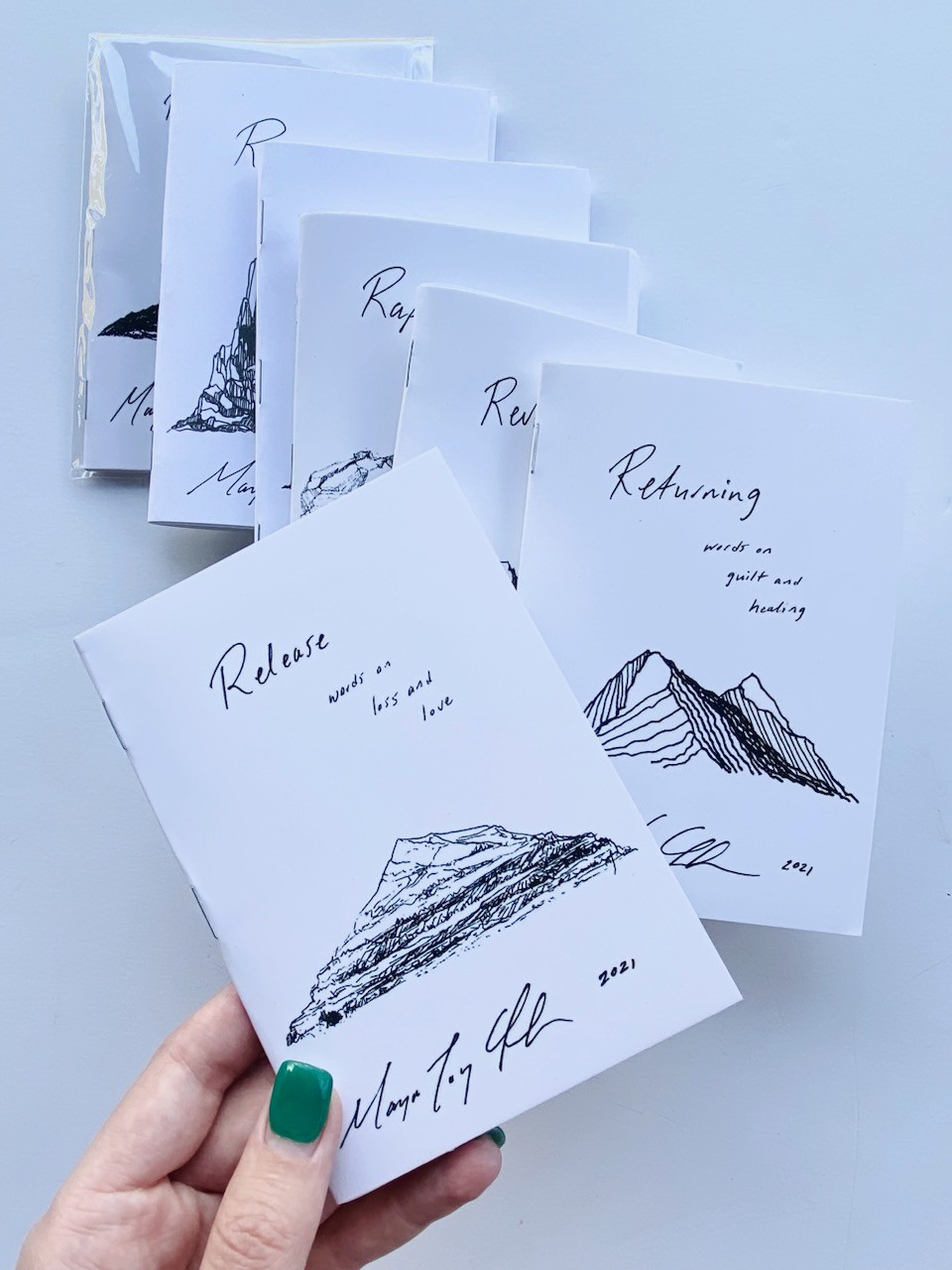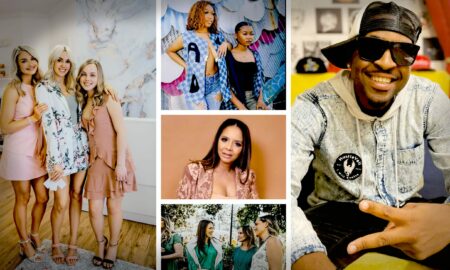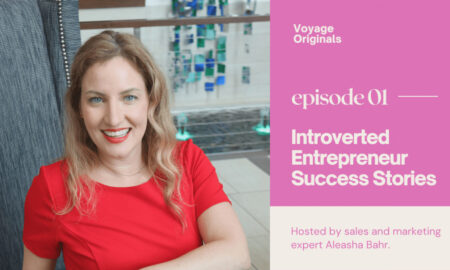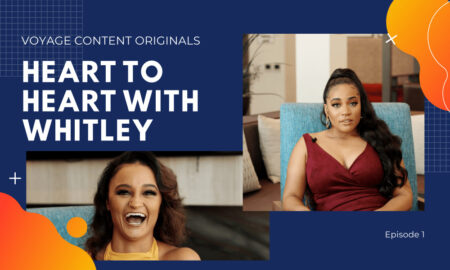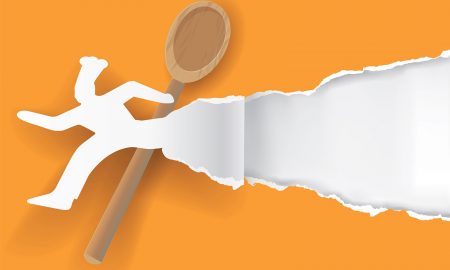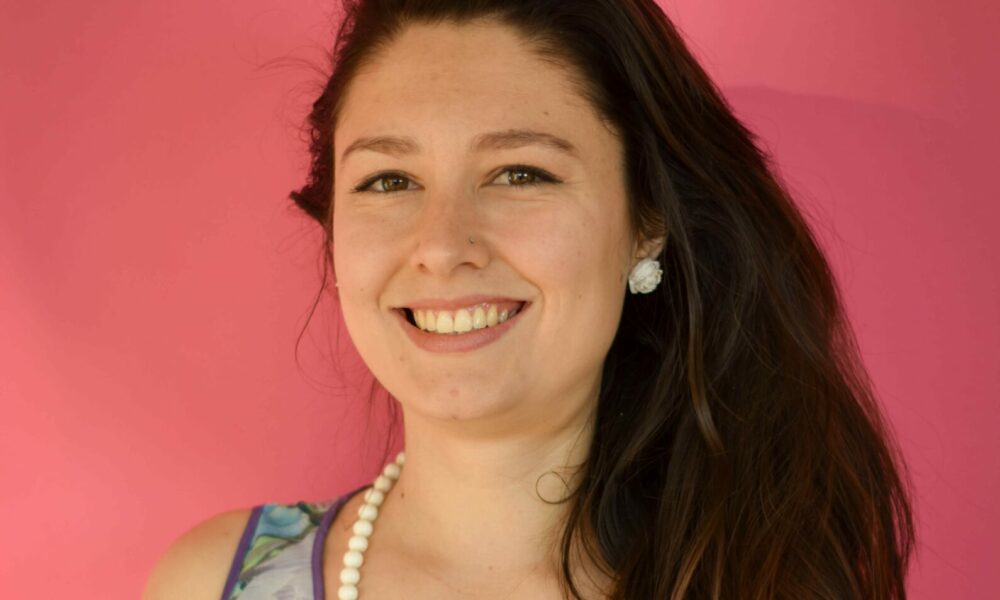

Today we’d like to introduce you to Maya Griffin.
Maya, we appreciate you taking the time to share your story with us today. Where does your story begin?
I am originally from a small town in Northern California in the mountains, where I grew up being creative and running around in the forest. After high school, I attended the University of California: Santa Cruz, where I graduated with a B.A. in Studio Art (Concentration in Painting) and a minor in Physics. I immediately moved to Italy for six months, where I studied abroad, and then moved to Paris, where I lived for another year and a half as a nanny. It was here that I began to write poetry again (which ten years later became my first poetry book) and switched from painting to illustrating small drawings of mountains to remind me of home.
I decided to move home to California in 2012 to work in my field and ran 1 AM Gallery, a graffiti/street art gallery, for three years in San Francisco. I learned a tremendous amount about the art industry but knew I wouldn’t be able to go after my own career, so I decided to relocate to the Midwest. I immediately began managing a local art boutique, Revelry Gallery, where I honed in my own brand and business for the next six years. In 2022, I finally went after my dream to move to the mountains of Northern Georgia and embark on the adventure of being a full-time artist, poet, and jewelry maker!
Would you say it’s been a smooth road, and if not, what are some of the biggest challenges you’ve faced along the way?
I think the hard part with any creative endeavor is the desire for instant gratification and feeling overwhelmed by how many talented and amazing artists are out there. I believe every person is creative and has amazing ideas and potential within but not all have the ability to put forth the dedication to become a self-employed artist.
It took me 6 years of working a retail job AND working to grow my self-employment business before I got to a place where I was financially independent enough to quit my other job. Not everyone has the energy to work all day at a job and then work all evening for themselves. And then do that for another 6 years. But the reality is that success as an artist, in most cases, won’t come overnight, it takes consistent effort over many, many years. My growth was slow and something I had to work at every day, but I was willing to put in the hard work and discipline. I think many artists who don’t get financial rewards or praise from their efforts immediately just end up giving up.
Many of the creations I make today, such as my poetry books and mountain illustrations, weren’t just created overnight, they developed over the span of a decade, slowly, and without my knowing at first, and eventually, I saw what they might become.
Great, so let’s talk business. Can you tell our readers more about what you do and what you think sets you apart from others?
As creatives we often want to do just the creating and not the business side of things, and often the business side of things is also intimidating. I went about going after my career the opposite – before trying to make money as an artist, I worked as a gallery manager. I got see the side of business from the other side, looking at what products and what styles sell, negotiating commissions, and doing profit and loss reports from exhibitions. I think without having worked on the other side of the industry I wouldn’t be profiting as a self-employed artist.
I believe all self-employed artists hit a point where they have to make decisions somewhere on the spectrum of artist creation/integrity versus making money/commercializing their work. It’s a tricky balance. On one hand, if an artist begins to commercialize their work to finally make a profit they get labeled as a sellout. Worse, they may discover one day they don’t feel creative at all, they have turned their creativity into a mindless machine of duplicating bestsellers in order to make a monthly paycheck and forget the delightful experience of making something new.
I am constantly juggling between my creative “work” – making the product I need to make to make consistent money, doing the businessy things (inventory, accounting, cleaning, organizing, photographing, website updating), and creative “play” – coming up with new ideas, playing with a new medium, and refining a new creation. Often, creative “play” gets the short end of the stick.
I’ve seen many artists try to farm out the business tasks to others. Unfortunately, that costs money and most artists don’t make enough money to pay someone to do their marketing, photography, accounting, and taxes unless they’ve hit a higher income tier. Plus, hiring someone to work for you introduces the added time-suck of now having to manage someone. So, I decided to create a business that is sustainable with myself as the only employee. The cost of this is that I cannot pursue every idea I have, I don’t have the best website, I don’t post on social media as much as I should, I’m not constantly following trends and the latest in the creative world. But I’m self-sustaining, I provide for myself, and I have a balanced life of working my own schedule and only 30-35 hours a week.
Being self-sustaining means I am careful not to “scale” too quickly, because scaling in one direction means scaling back in another – if I add on three more store locations, that means less time to create a new product. If I go after a more rigorous social media campaign, that means less time creating. What it seems to mean is not living up to my “full potential”. As an artist is one of the hardest things to give up. But what I’ve learned is it’s not giving up on your “full potential” – it’s about picking from all the many potentials which is the one you truly want and going after it slowly and methodically.
One of my biggest tools in this is to apply a facet of the 80/20 rule to your business. What products that you make account for 80% of your income. Always prioritize that 80% and then let go of the other 20%. Because by letting go of that other 20% of your products it opens your time to make new things. Look at your income streams – which streams provide 80% of your income? Prioritize those incomes streams first, maybe cut out some of the others to make room for a new income stream idea.
And if you need a break, some space to dream and breath. Just do 80% for a while, make the product that brings you 80% of your income, and focus on the income streams that bring in the 80% and just coast. It’s ok to just be stable and take a break from the constant output. Artist need downtimes to germinate new ideas.
Is there any advice you’d like to share with our readers who might just be starting out?
I wish someone had told me many things, but I’ll condense them to five:
One, in most cases, to be successful at your goal will take sustained effort over many, many years. You have to commit to that dedication and if you can’t, that’s ok – just because you cannot create an income as an artist does not mean you are not an artist.
Two, accomplishment doesn’t come from slaying large goals, it comes from doing lots of small, imperfect steps, and as you continue forward, your aesthetic becomes sharper, your product refines, your photography gets better. No one starts out perfect, you learn as you go and it’s ok to go slowly. In fact, I think those that move slowly and steadily in the creative industry reach their goals more often than those to follow a burst of creative passion only to have it fizzle out within a few months.
Three, you can absolutely be an artist with integrity and make special, purposeful creations to appease the “fine art world” and also be a commercial artist who creates affordable product that is widespread and available to many people, such as teenagers who can only afford a sticker. I look at my commercial products as necessary to give me the opportunity to create original things, and both support each other.
Four, never be too afraid to be a beginner. You will need to have beginner’s courage to try out something new, and you need to create new things to bring you vigor and energy and to fulfill your creative spirit. Plus, it will give you the energy to do the boring, mind-numbing, and repetitive parts of being a self-employed artist.
Five, no path is a direct path so learn the amazing act of pivoting. I cannot say how many times I went into something with a mindset and came out the other end going after something different. Follow the ease of what is working as far as you can and when it hits a wall, shift into a different idea or gear. Pivoting applies in the creative process as we know only too well – when we start with an initial concept for a painting and as we paint the image changes, or the meaning changes and it morphs into something completely different.
Pivoting also applies to your art career – maybe you thought you’d make a killing as a fine artist trying desperately to get an exhibition meanwhile you’ve been drawing mountains for ten years and one day your partner says, “Why not draw my face in the mountain”. So, you play with the idea, then a week later, David Bowie dies, and you draw him in a mountain. An artist friend recommends you turn it into a sticker, you submit a small collection to a group show. Skip to five years later, you have 100 mountain portraits on stickers, prints, mugs, and shirts and you finally found your “style” without looking for it. That was my journey.
You never know where creativity will take you – so don’t be attached to where it takes you, just follow where it leads.
Contact Info:
- Website: www.MayaJoyintheWorld.com
- Instagram: https://www.instagram.com/mayajoyintheuniverse/
- Facebook: https://www.facebook.com/MayaJoyintheWorld
